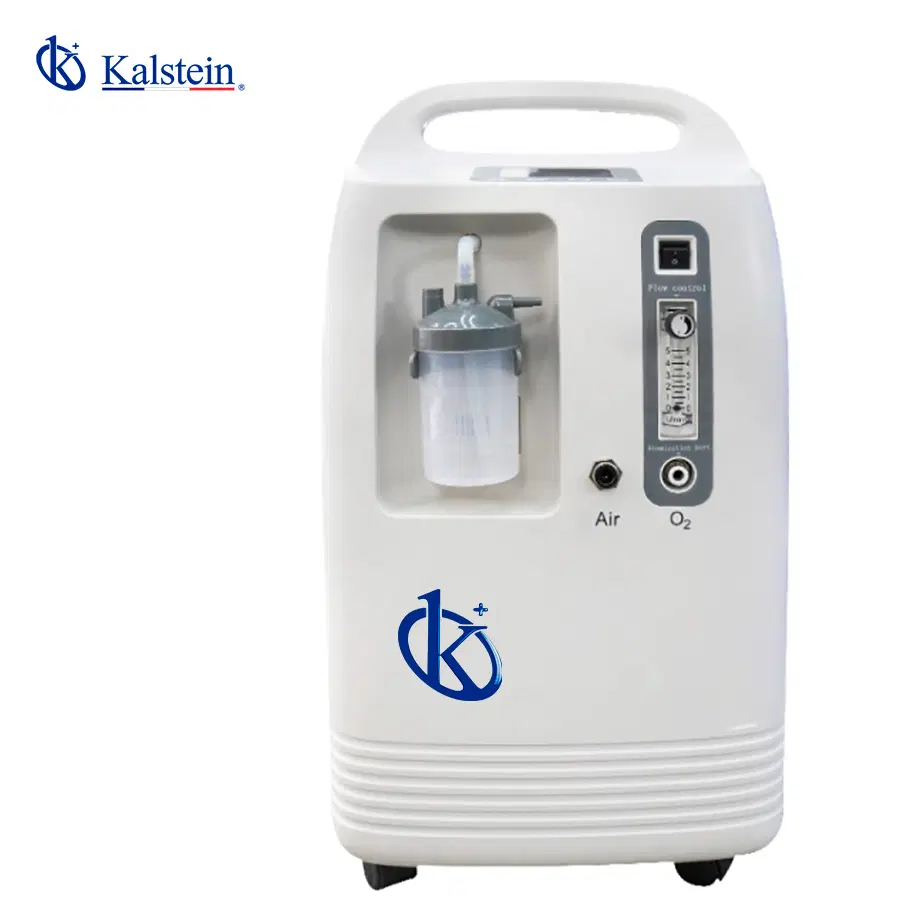In a world where air quality can vary significantly, ensuring a constant supply of pure oxygen at home is essential for many people. Stationary oxygen concentrators have emerged as a vital solution, especially for those with chronic respiratory conditions.
This article explores the benefits, unique features, and how these devices solve specific problems for users.
If you’re seeking a blend of innovation and quality, you’ve come to the right place. At https://kalstein.de/category-product/medical-line/oxygen-concentrator/ we offer you the luxury to explore our exclusive catalog of laboratory equipment. We manufacture each piece of equipment with a level of excellence. Our intuitive and agile online shopping channels are designed for your convenience, ensuring the friendliest prices. Don’t hesitate any longer, we bring science to life, it’s time to become part of our community. https://kalstein.de/
Benefits of Stationary Oxygen Concentrators
Stationary oxygen concentrators are devices designed to provide a continuous supply of high-purity oxygen. Unlike their portable counterparts, these concentrators are designed for home use, offering multiple benefits.
First, stationary concentrators can deliver higher oxygen flows. This is crucial for patients with greater oxygen needs, such as those with severe COPD. Additionally, these devices are more durable and require less maintenance, resulting in fewer treatment interruptions and more peace of mind for users.
Second, these concentrators provide greater stability in treatment. With a reliable source of oxygen at home, patients can maintain their oxygen levels within optimal ranges, improving their quality of life. Furthermore, using a stationary concentrator eliminates the need to refill oxygen cylinders, significantly simplifying the logistics of daily care.
Unique Features of Stationary Oxygen Concentrators
Stationary oxygen concentrators stand out for several innovative features that make them ideal for home use. One of the most notable features is their ability to generate oxygen continuously, 24/7, without the need for refills. This is achieved through an advanced filtration system that separates oxygen from ambient air.
Another important feature is noise reduction technology. Many current models are designed to operate quietly, minimizing disruptions for users and their families. This medical innovation is crucial for those who need the device at night, ensuring uninterrupted sleep.
How Stationary Oxygen Concentrators Improve Quality of Life?
For many people with chronic respiratory diseases, maintaining adequate oxygen levels is a daily struggle. Stationary oxygen concentrators solve this problem by providing a constant flow of pure oxygen, significantly improving the quality of life.
For example, for patients with COPD, these devices allow greater mobility within the home, reducing the sensation of breathlessness and increasing the ability to perform daily activities. This not only improves physical health but also emotional well-being, as patients can lead a more active and fulfilling life.
Additionally, the stability in oxygen supply can reduce the frequency of hospitalizations and emergency visits. This is not only beneficial for the patient’s health but also reduces the costs associated with continuous medical care, offering a more economical and sustainable long-term solution.
Medical Innovation in Stationary Oxygen Concentrators
The technology behind stationary oxygen concentrators has advanced significantly in recent years, thanks to ongoing medical research. One of the most recent innovations is the integration of smart systems that monitor and automatically adjust the oxygen flow according to the user’s needs.
These smart systems can detect changes in the patient’s breathing and adjust the oxygen delivery accordingly, ensuring optimal levels at all times. Additionally, some models are equipped with internet connectivity, allowing doctors to remotely monitor the device’s use and make real-time adjustments if necessary.
Another notable medical innovation is the improvement in the energy efficiency of these devices. Modern concentrators consume less electricity, which not only reduces energy costs but also makes these devices more environmentally friendly.
Considerations When Choosing a Stationary Oxygen Concentrator
Choosing the right stationary oxygen concentrator can be a challenging task, but it is crucial to ensure that the device meets the user’s specific needs. One of the first considerations should be the device’s capacity. It is important to select a model that can provide the necessary oxygen flow for the patient’s treatment.
Another key consideration is ease of use. The best stationary oxygen concentrators are designed to be intuitive and easy to operate, with clear and simple controls. Additionally, many modern devices come with additional features such as safety alarms and digital displays that show important information about the device’s operation.
Finally, after-sales support is an important factor to consider. It is essential to choose a provider that offers good customer service and technical support, including regular maintenance and availability of spare parts. This ensures that the oxygen concentrator can operate optimally for many years.
Medical Research and the Future of Stationary Oxygen Concentrators
Medical research continues to drive the development of more advanced and efficient stationary oxygen concentrators. Current studies focus on improving the portability and efficiency of these devices, as well as developing new technologies that can provide more personalized oxygen therapy.
For example, research is being conducted on the use of lighter and more durable materials that can make concentrators easier to move and less invasive in the home. Additionally, new filtration technologies are being explored that could further increase the purity of the oxygen produced.
The future of stationary oxygen concentrators also includes the integration of artificial intelligence and machine learning technologies. These technologies could enable devices to anticipate the user’s needs and automatically adjust the oxygen supply, providing even more effective and personalized therapy. Continued investment in medical research ensures that these devices will keep improving, providing vital solutions for those who depend on them.

